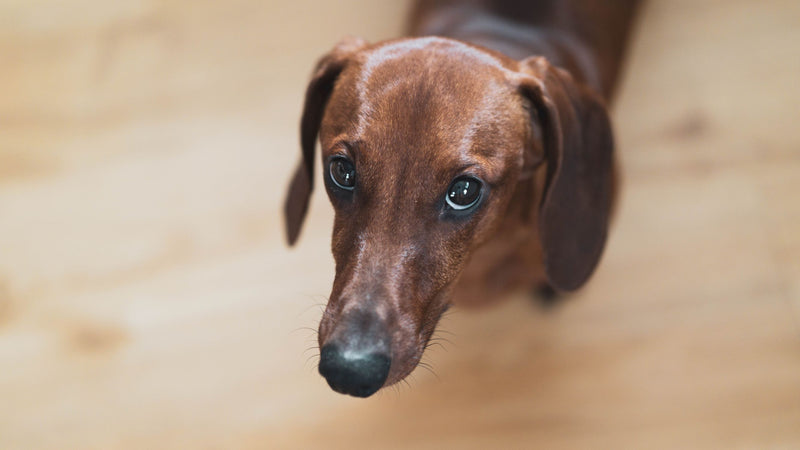
We all know that our good boys (and girls) aren’t always good boys (or girls), from chewing up your new headphones to jumping up at the neighbour with muddy paws. Changes in your woof’s behaviour can feel like an unsolvable mystery, but fear not, they can be explained!
How our emotions affect our dogs
Your woof is primarily driven by instinct and is unbelievably in tune with human emotions. Dogs are able to read how we are feeling via our changing facial expressions and actions, which can, in turn, unsettle them. If your dog is exhibiting negative behaviour, consider how you are feeling. Many of their responses will be due to fear, picking up your fear, anger or sadness. The first step to understanding your furball’s feelings is understanding yours.
Typical ‘bad behaviours’
Bad-dog behaviours can include barking, jumping up, pulling on the lead, stealing or hiding your things and biting. Often these are markers of how your canine is feeling, so understanding what they might mean is key to helping your pup. Actions such as shaking, tail tucking, escapist behaviour, defecating in the home, biting or injuring themselves, as well as barking, are predominantly due to fear or anxiety.

What can cause changes in behaviour?
There are many reasons why your dog might start acting up. A key motivator is an indicator of a change in environment or emotion. As a pawrent, it’s vital to find the right balance between leaving your woof to their primal nature and keeping them occupied. Some triggers can be:
- Over-stimulation/ tiredness. It is estimated that dogs need around 10-16 hours of sleep a day; lack of this can contribute to naughty behaviours.
- Boredom by being left alone too long or no interaction with others.
- Stress through being rushed (by you).
- Separation anxiety: dogs being pack animals can feel nervous when left alone and suffer from separation anxiety. This can be helped by creating a relaxing environment before you leave the house.
- Being misunderstood. Dogs react to any stimuli, and their behaviour reflects how they are processing that, whether that’s excitement or fear.
How can we help our dogs?
- Boundaries, personal space and respect are crucial to helping your dog. Create a safe and relaxing environment for them that includes a bond of trust between you.
- Don’t punish or shout at your pup. Sudden and extreme negative reactions can severely affect your dog’s behaviour and relationship with you.
- Keeping your facial expressions neutral when training your dog can make a huge difference to their actions.
- Switch to raw food. Processed kibble and dog biscuits are often high in carbs, low in protein and can be packed full of grain, meaning your furball isn’t getting all the nutrients they need. Feeding a raw dog food diet will result in a healthier and nutritious diet. Your woof will feel properly fed and have a better digestive system, leading to changes in behaviour as well as a whole host of health and wellness benefits.
The Benyfit Natural range of raw dog food has recipes to tantalise all tastebuds and will soon have your dog on best behaviour, eagerly awaiting their next meal! If your dog has specific health needs, the Benyfit Natural special recipes range can help with these too.
For help or advice on which food is best for your dog, or with help ordering Benyfit Natural food, please call our customer services team on 01892 770188 or email info@benyfitnatural.co.uk
Who’s a good boy and girl?



